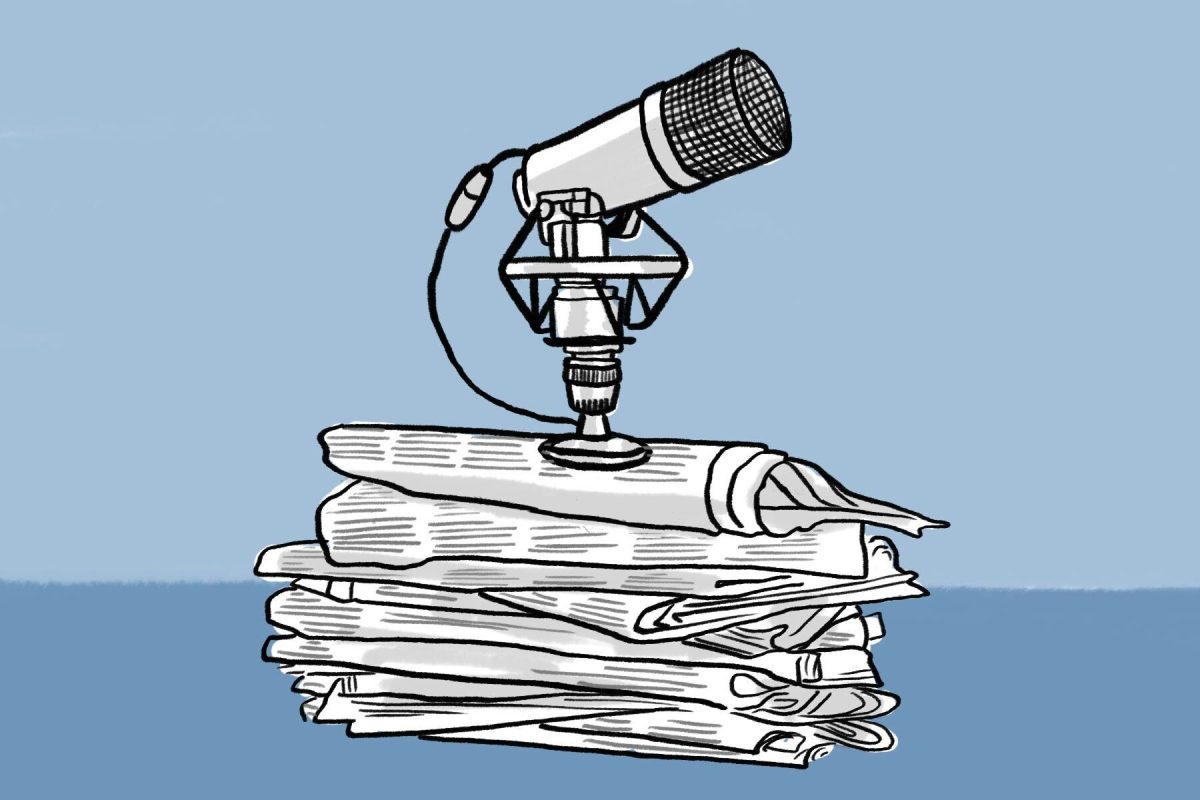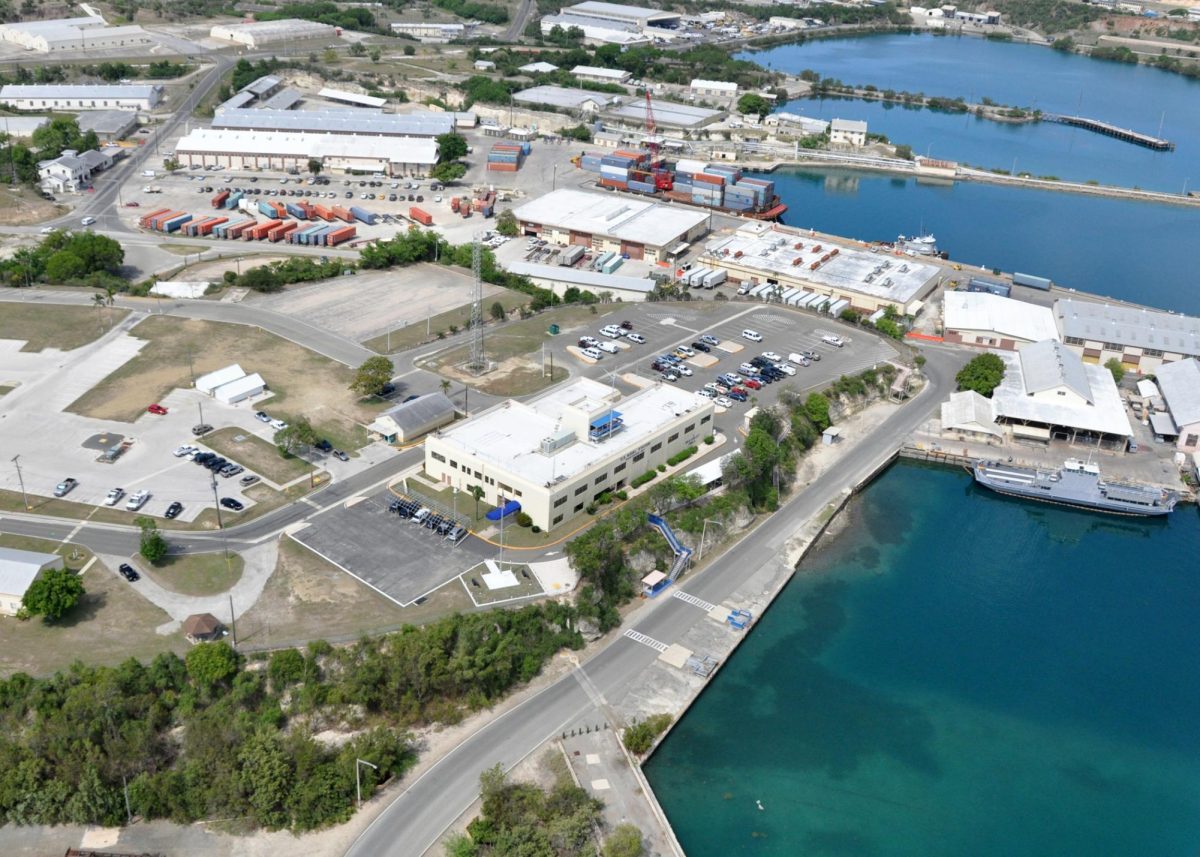Editor’s Note: This article is a guest submission from CALPIRG, written by second-year Yaro Bilaniuk, third-year Chloe Banaag, and Varykina Thackray, a professor at the UCSD School of Medicine. The Guardian’s full submission policy can be found here.
Despite scientists warning about the consequences of rising greenhouse gas emissions, UC San Diego remains one of the largest greenhouse gas emitters in San Diego County. CALPIRG Students, also known as the California Public Interest Research Group, and the Green New Deal at UC San Diego are calling upon the University to transition to 100% clean energy by 2035.
Humanity is in a perilous situation: 2024 was the hottest year in recorded history, and 2025 is on track to be even hotter. We are now witnessing the horrifying impacts of climate change on our communities and the environment, with the disastrous floods in San Diego in early 2024 and the recent wildfires in Los Angeles as notable examples of extreme weather events exacerbated by the climate crisis. Institutions like UCSD have the power to mitigate the effects of climate change by reducing emissions and embracing a path toward clean energy.
In 2024, members of CALPIRG Students collected over 7,050 undergraduate petition signatures, 8,600 student pledges of support, and a unanimous resolution in the Associated Students Council in support of a transition to 100% clean energy. Since 2019, members of the student organization Green New Deal at UCSD have called for the UC system to reduce its greenhouse gas emissions and commit to zero fossil fuel usage. Students, faculty, and staff at a university town hall in Fall 2024 also showed strong support for transitioning the campus to clean energy much earlier than the 2040 target proposed by UCSD.
As a leader in climate research and education, UCSD has long recognized the severity of climate change’s impact on our planet. Roger Revelle, the University’s founder, warned of the impacts of burning fossil fuels in 1957. The Keeling Curve, the first carbon dioxide measurement graph, was developed by Scripps Institution of Oceanography researcher Charles Keeling. More recently, UCSD pioneered an algae biofuels program and became one of the first universities in the United States with a climate change general education requirement for undergraduate students. Considering these achievements, UCSD should also be leading the way in transitioning to clean energy this decade, working in tandem with the city of San Diego to achieve net-zero carbon by 2035.
Even though UCSD has often expressed a commitment to reduce its greenhouse gas emissions and transition to clean energy, the university continues to obtain energy and water for heating and cooling from a methane-powered cogeneration plant that emits over 150,000 tons of carbon dioxide each year. UCSD is loath to retire this plant because it is cheap and efficient.
The University is currently updating its Climate Action Plan and seeking student input on what goals to prioritize. CALPIRG and Green New Deal at UCSD urge students to attend the monthly Climate Conversations events happening during Winter and Spring Quarter to motivate UCSD to take action. It is crucial that the University listens to its students and develops plans to power the campus with clean energy by 2035. Pivoting away from fossil fuels and reducing campus emissions in the next decade will demonstrate UCSD’s commitment to its community and the environment, and will cement its legacy as a leader in climate action.








Adam Aron • Feb 10, 2025 at 2:03 pm
Apart from mentioning “net zero” which is a bogus accounting trick for the city of San Diego and every other institution and country (we need to strive to cut emissions now for “zero emissions”) – this is an excellent article. Well done authors! UCSD must use its huge donor and other $$ to cut emissions instead of only focusing on billions of $$ in growth.